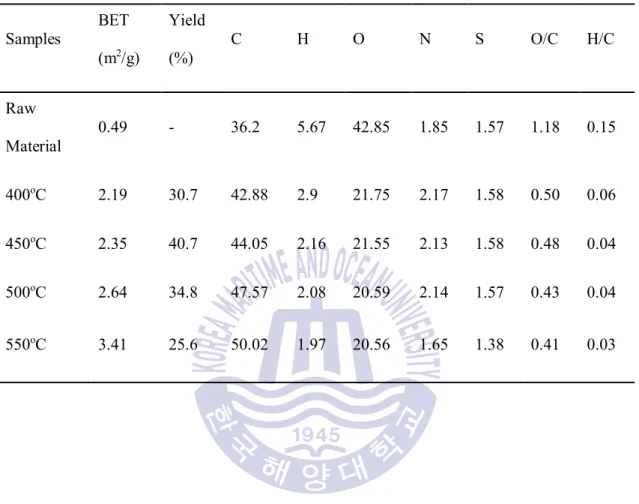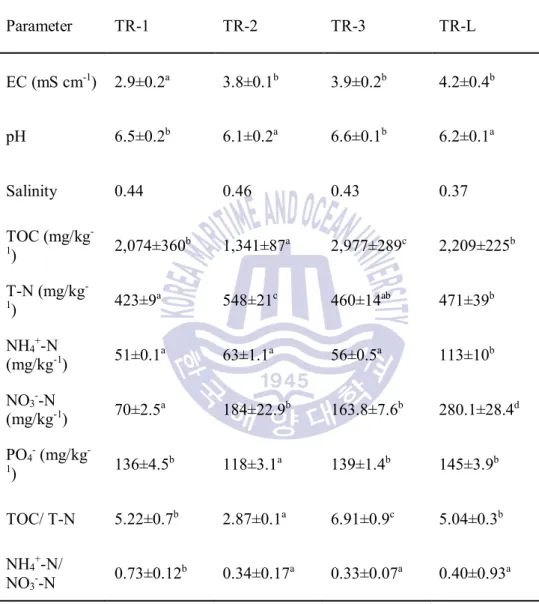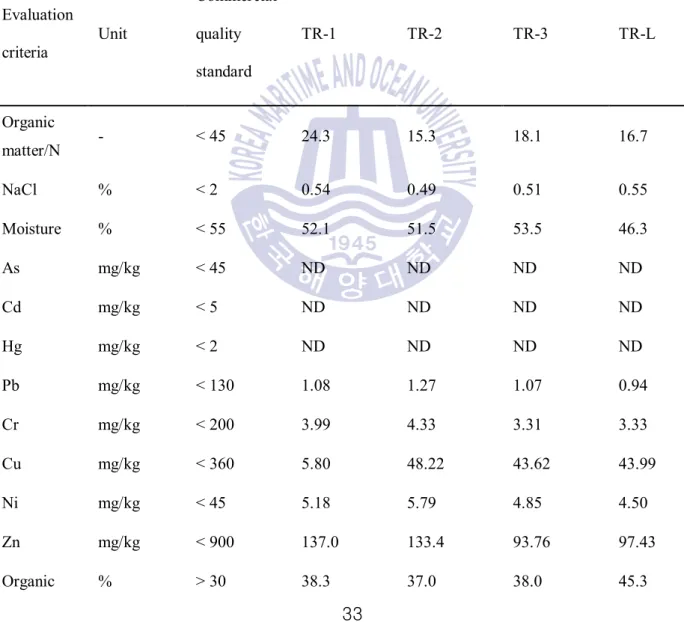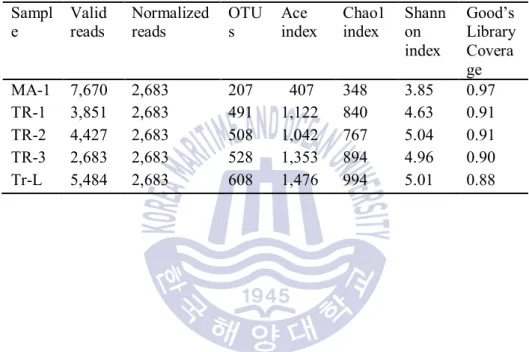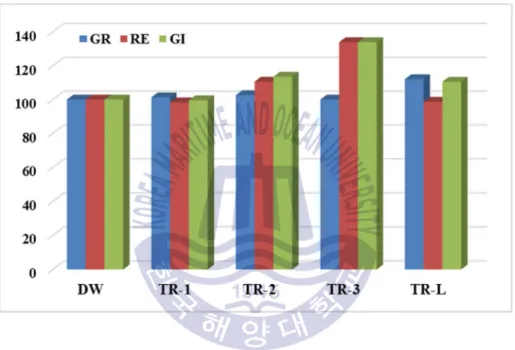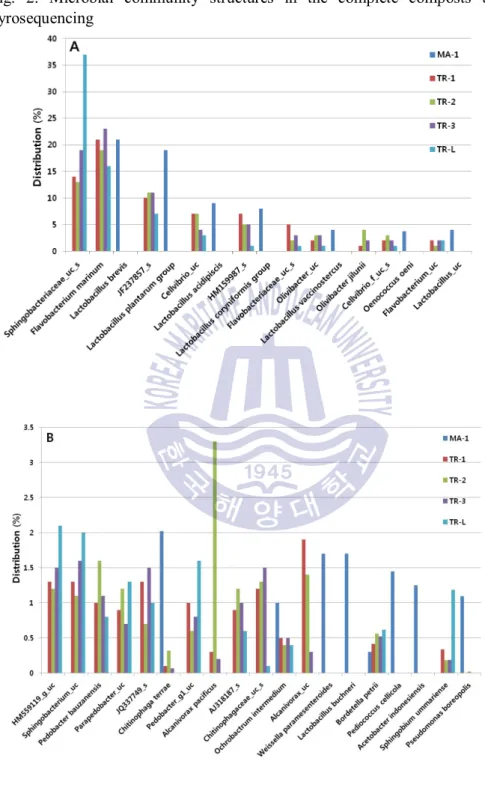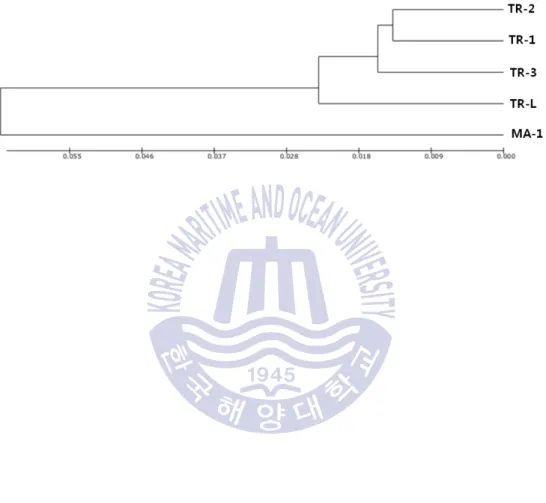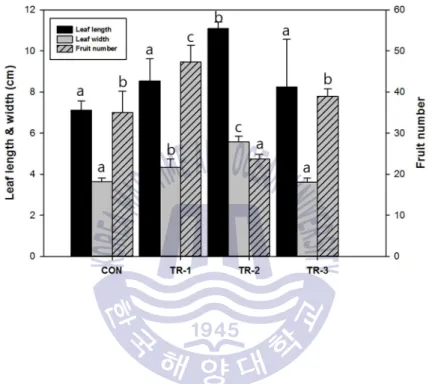Microbial diversity was also increased in the enriched and biocharacterized compost by 7.1-8.9%, with two species of Sphingobacteriaceae being dominant (29-43%). Coffee is the world's largest commodity, second only to crude oil (Mussatto et al., 2011), and generates a huge amount of coffee by-products/residues during processing from fruit to cup. These by-products are generated in the producing countries (e.g. coffee pulp, cherry peels and parchment peels), by the coffee roasters (e.g. coffee silver skins), in the instant coffee industry, and after brewing the remaining by-products are commonly referred to as 'spent coffee grounds' (SCG) (Cruz et al., 2014a).
Some recent studies have shown that increasing the antioxidant content of lettuce is possible by amending garden composts (Heimler et al., 2012), fruit waste/distillery residues (Nicoletto et al., 2014) and spent coffee grounds. based composts (Cruz et al., 2014b). Composting helps replenish the biochar with nutrients without degrading the biochar (Birk et al., 2009). The supplement has also been shown to have significant effects on physicochemical processes and microbial community diversity (Wei et al., 2014).
The highest biochar amendment rate resulted in the highest temperature peak, and biochar addition shortened the period of the thermophilic phase and increased C-CO2 emissions (Czekała et al., 2016). A small amount of biochar (4%) as a composting additive has been successfully used to improve the value of oil mill waste composts containing sheep manure by reducing nitrogen losses by 15% and increasing NO3 availability without affecting the amount of N2O released (López-Cano , et al., 2016). The addition of a higher amount of biochar (40-80%, v/v) during pig manure composting stimulated seed germination and plant growth by reducing EC and available Cu and Zn content, thereby reducing phytotoxic effects, and also reducing CO2, NO and VOC emissions (Sáeza et al., 2016).
Moreover, it increased nitrate uptake and nitrate reductase activity and stimulated the secondary metabolic phenylalanine-ammonia lyase pathway (Olivares et al., 2015).
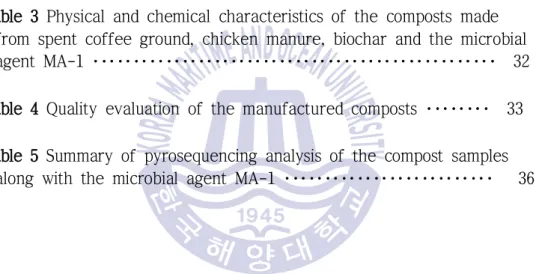
Materials and methods
- Composting raw materials
- Composting procedure
- Physico-chemical analysis and maturity test of compost products Fifty gram of each compost was extracted in ionized water (500mL) on a
- Microbial community analysis of the complete compost
- Crop growth test for the complete composts
- Antioxidant activities of pepper and leek grown in the presence of the composts
- Statistical analysis
During the first ten days of the composting period, the mixture of composting materials was turned every other day to maintain optimal composting conditions. Maturity tests for compost were performed based on the germination index of the test plant. Variable regions (V1–V3) of the bacterial 16S rRNA gene were then amplified from the genomic DNA, and the library construction, sequencing, and all subsequencing analyzes were performed using the 454 GS FLX Junior Sequencing System (Roche, Brandford, CT, USA) and the accompanying protocols.
As part of effectiveness testing of the complete composts, the effectiveness of the composts on the growth of commercial crops such as pepper and leek was studied at field and laboratory scale respectively. The water-soluble chemical fertilizer was changed according to the manufacturer's recommendation for the duration of the experiment, while the compost. The pepper leaves (approx. 200g) and the fruits (approx. 300g) were taken for analysis of antioxidant production.
All leaves of each pot were taken and pooled for analysis of growth and antioxidant production. Comparison of means was analyzed by Duncan's multiple range test of the SPSS system (IBM SPSS statistics 19), and differences were considered significant when pis < 0.05.
3.Result and discussion
- Physical and elemental characteristics of biochar made from tomato plant stems
- Composting process monitoring
- Physico-chemical analysis and maturity quality test of the complete composts
- Microbial community analysis of the manufactured composts Microbial communities of the manufactured composts were analyzed based on 16S
- Analysis of crop growth and antioxidant production in crops A growth analysis of pepper plant was performed to test efficacy of the
Temperature, one of the key indicators of composting, determines the speed of many biological processes and plays a significant role in the development and succession of microbial communities (Hassen et al., 2001). A longer duration of the thermophilic stage was also observed in TR-3 with the addition of biochar in our study. Some important physical and chemical parameters were measured for extracts of the produced compost to find out their quality (Table 3).
The highest TOC was observed in TR-3 (2,977 mg/kg-1), while the lowest in TR-2 (1,341 mg/kg-1), indicating the effects of biochar amendment and bio-augmentation, respectively . However, there were no differences in the concentration of inorganic phosphorus (PO43-) between TR-1, TR-3 and TR-L, except TR-2. The GI test was used to evaluate phytotoxic substances in the compost, which was one of the most sensitive parameters responsible for the low toxicity affecting root growth (Gu et al., 2011).
The germination index of SCG compost supplemented with biochar and bioaugmented with Trametes versicolor was 20% higher. The density of Olivibacter jilunii increased by 3.0% in TR-2 and 1.0% in TR-3, indicating the effectiveness of bioaugmentation and biochar amendment. Beta diversity was further investigated using the Fast Unifrac analysis method to determine the similarity of the microbial communities of the composts and the microbial agent MA-1 in species distribution (Figure 3).
MA-1 was distant from the rest of the samples, indicating that small populations of microbes from MA-1 survived the extended complete composts (TR-2, TR-3, and TR-L). Leaf length is highest at TR-2, and TR-1 and TR-3 were not different from the control (CON), which was not. Application of rice straw compost and poultry manure supplemented with effective microorganisms (EM) increased tomato yield by 26% compared to chemical fertilizers, demonstrating the efficacy of bioaugmentation in composting (Verma et al., 2015).
However, TR-2 produced the lowest pepper fruit yield as opposed to the highest leaf growth. There were no significant differences in leaf and fruit activities between TR-1, TR-2 and TR-3 compared to the control (CON). TR-3 and TR-1 showed significantly higher antioxidant content in fruits than CON, with an increase of 4.5% and 3.9%, respectively. This means that bioaugmentation with biochar amendment (TR-3) could increase the phenolic content in the pepper fruit, thereby increasing the antioxidant activity of the pepper and thus increasing the commercial value of the crops.
The growth test of the leek plant was carried out on a laboratory scale and the antioxidant activity was also measured (Fig. 6). However, our study showed that the composted SCG via bioaugmentation with biochar amendment (TR-3) increased the total phenolic contents in the pepper crop, indicating the possible role of bioaugmented MA-1 and biochar amendment of the SCG compost .
Acknowledgment
Cano IL, Roig A, Cayuela ML, Alburquerque JA, et al., (2016) Miguel Angel Sánchez-Monedero Biochar improves N cycling during composting of olive mill residues and sheep manure. Cruz R, Gomes T, Ferreira A, Mendes E et al., (2014a) Antioxidant activity and bioactive compounds of lettuce improved from espresso coffee residues. Czekala W, Malin´ ska K, Cáceres R, Janczak D, Dach J, Lewicki A (2016) Composting of poultry manure mixtures amended with biofuel – Effect of biofuel on temperature and C-CO2 emission.
Dias BO, Silva CA, Higashikawa FS, Roig A and Monedero MAS (2010) Use of biochar as filler for composting poultry manure: effect on the decomposition and humification of organic matter. Gi B, Kim T, Rhyu H and Cho K (2013) Analysis of microbial communities associated with odor generation and reduction during composting treatment of infected livestock. Hachicha R, Rekik O, Hachicha S et al., (2012) Co-composting of coffee grounds with olive mill wastewater sludge and poultry manure and effect of Trametes versicolor inoculation on compost maturity.
Jindo K, Sonoki T, Matsumoto K, Canellas L, et al., (2016) Effect of biochar addition on humic substances of composted manure. Waste Management49: 545-552. Kim IS, Ekpeghere KI, Ha SY, Kim BS et al., (2014) Full-scale biological treatment of tannery wastewater using novel microbial consortium BMS- 1.Journal of Environmental Science and Health. Lakhdar A, Falleh H, Ouni Y, et al., (2011) Application of municipal solid waste compost improves productivity, polyphenol content and antioxidant capacity of Mesembryanthemum edule.
Nicoletto C, Santagata S, Zanin G and Sambo P (2014) Effect of using anaerobic digestion residues on lettuce yield and quality. Prommer J, Wanek W, Hofhansl F et al., (2014) Biochar slows soil organic nitrogen cycling but promotes soil nitrification in a temperate field experiment. Santos FT, Goufo P, Santos C, Botelho D et al., (2016) Comparison of five agro-industrial waste-based composts as growing media for lettuce: Effect on yield, phenolic compounds and vitamin C. Food Chemistry.
Schloss PD, Westcott SL, Ryabin T, et al., (2009) Introducing Mothur: Open-Source, Platform-Independent, Community-Supported Software for Describing and Comparing Microbial Communities. Selim SM, Zayed MS and Atta HM (2012) Evaluation of phytotoxicity of compost during composting process. Verma S, Sharma A, Kumar R, Kaur C, et al., (2015) Enhancement of antioxidant and defense properties of tomato (var. Pusa Rohini) using bioaugmented compost. Saudi Journal of Biological Sciences22: 256-264.
List of Tables and figures
Physical and chemical properties of the compost made from used coffee grounds, chicken manure, biochar and the microbial agent MA-1. The result is expressed as mean ± standard error. Values with different letters indicate significant differences atp<0.05 according to Duncan's multiple range test. Quality evaluation of the produced compost (TR-1, TR-2, TR-3 and TR-L) according to the criteria required by the Office of Rural Development, South Korea*.
The analysis was performed by AT Analysis Center Co., Ltd., Incheon, officially approved by the Office of Rural Development, Government of South Korea; ND, no detection; **Soiltek, Inc., Jeju, South Korea. Diversity indices were obtained from the program Mothur (Schloss et al., 2009) and are based on the normalized reads of each sample. Comparative analysis of germination rate (GR), root elongation rate (RE) and germination index (GI) of produced composts (TR-1, TR-2, TR-3 and TR-L).
Rapid Uni Frac Array Analysis of Microbial Communities of Complete Composts (TR-1, TR-2, TR-3 and TR-L). Growth analysis of pepper plant grown in soil amended with complete composts (TR-1, TR-2 and TR-3). Bars with different letters indicate significant differences at p < 0.05 according to Duncan's multiple range test.
DPPH scavenging activity of pepper plant extracts grown in soil amended with complete composts (TR-1, TR-2 and TR-3) (a) and total phenolic content of pepper plant extracts grown in soil modified with complete composts (TR-1, TR-2 and TR-3)(b). Bars with different letters indicate significant differences at p<0.05 according to Duncan's multiple range test.
